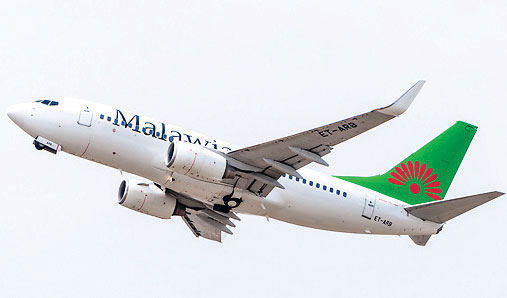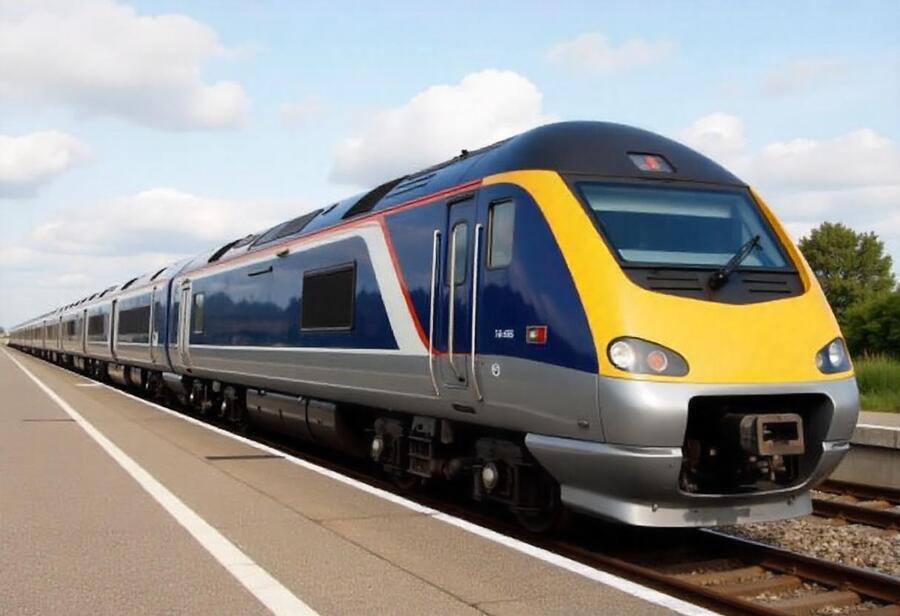Myanmar, Thailand: New Earthquake Updates on How it Disrupts Tourism and Travel in Southeast Asia


In March 2025, a powerful 7.7 magnitude earthquake struck Myanmar, with its tremors reaching neighboring countries like Thailand and China. The earthquake, which occurred near Mandalay in Myanmar, had devastating effects, particularly in Myanmar where over 1,000 lives were lost. With thousands more injured, and significant infrastructural damage across the affected areas, the repercussions of this natural disaster extended far beyond the immediate aftermath.
In Thailand, the earthquake caused substantial disruption, including the collapse of a high-rise building under construction in Bangkok, leading to deaths and casualties. This disaster set off a ripple effect across the region, with many international and local travelers affected by the closures and disruptions in both Myanmar and Thailand. Rescue operations continue to this day, and international aid has started arriving, but the damage done to infrastructure, including transportation systems, has already had wide-reaching consequences for travelers.
Effects on the Travel Industry: Immediate Disruptions and Long-Term Considerations
Increased Travel Uncertainty and Disruptions
As travelers attempt to navigate the aftermath of the earthquake, the travel industry has been deeply impacted. With multiple flights canceled, especially in Myanmar, local tourism was temporarily halted as the region worked to address safety concerns. This could potentially result in:
- Airline Cancellations and Delays: Several Myanmar National Airlines flights were canceled, impacting passengers who had already made plans to visit or depart from Myanmar. With reduced flight availability and ongoing repair work at affected airports, travelers faced delays and re-routings, further complicating travel logistics.
- Hotel and Accommodation Disruptions: In Bangkok, many hotels experienced structural damage and were forced to temporarily shut down. Even those that remained open were overwhelmed with displaced locals and travelers seeking shelter, affecting both domestic and international tourism.
- Infrastructure Damage: The earthquake caused serious damage to roads, bridges, and other critical infrastructure, making it difficult for travelers to access key tourist sites and airports. Particularly in Myanmar, this added to the challenges of rescue operations and efforts to restore essential services, including transport.
- Safety Concerns for Tourists: In regions like Mandalay and Yangon, where the earthquake’s impact was most severe, tourists faced significant safety risks as aftershocks and structural failures in buildings remained a constant threat. For those who were already in the region, the potential for further disruptions or aftershocks made travel risky and often impractical.
Travel Repercussions for Thailand: Key Impacts on the Tourism Sector
Thailand has long been a favorite destination for international travelers, known for its stunning beaches, vibrant culture, and bustling cities. However, the earthquake’s aftermath caused notable disruptions to key parts of the tourism infrastructure in Bangkok, including the collapse of a high-rise under construction.
- Hotel Closures: Several high-rise hotels and residential buildings were forced to evacuate residents and guests due to structural cracks and damage from the earthquake. This further exacerbated hotel shortages and increased demand for safe accommodations for both local residents and international tourists. Many travelers had to find alternate accommodation in nearby cities or other parts of Thailand.
- Tourism Infrastructure Damage: Tourism attractions like the famous Chatuchak market in Bangkok, which is popular with tourists, suffered damage, and the nearby Bangkok subway system was temporarily shut down. These closures significantly impacted both tourists’ itineraries and local businesses that rely on tourism.
- Flight Cancellations and Delays: With rescue operations and repairs underway at Bangkok airports, the earthquake disrupted both domestic and international flight schedules. Travelers planning to depart or arrive in Thailand were either stranded or rerouted to other airports, creating a ripple effect across the broader Southeast Asia aviation network.
- Humanitarian Efforts Impacting Tourism: The large-scale humanitarian aid and rescue efforts, while essential, diverted critical resources that would otherwise have been used to maintain tourism services. Infrastructure restoration has taken precedence, and as a result, tourists face limited options for both leisure and business travel within Bangkok.
Myanmar: A Major Setback to Tourism
Myanmar, with its unique cultural and natural attractions, was deeply affected by the earthquake. The situation has led to a massive toll on tourism as many travel plans for those intending to visit the country were put on hold. Some of the major tourism hubs in Myanmar, such as Mandalay, Yangon, and Bagan, had been temporarily closed or suffered structural damage, making them inaccessible to travelers.
- Increased Travel Caution: With aftershocks still occurring in the region, travelers have been warned to avoid affected areas. Tour operators, airlines, and hotels in Myanmar were forced to offer full refunds or alternative travel plans to tourists whose bookings were disrupted.
- Tourism Losses: Local businesses, which heavily depend on international tourists, faced severe losses. Sites like the Shwedagon Pagoda and infrastructure hubs in Yangon were temporarily closed for inspections and repairs, affecting the flow of cultural tourism to the region.
- Rescue and Recovery Efforts: The UN, India, China, and other nations have pledged aid to Myanmar to support rescue operations and rebuilding efforts. However, recovery is expected to take years, during which time the country’s tourism sector will remain severely impacted. Visitors may need to reassess their plans for the short-term future while waiting for official advisories to confirm the safety of travel.
Global Reactions to the Crisis: How the Travel Industry is Responding
In the wake of the disaster, the international community has mobilized aid to assist both Myanmar and Thailand with recovery efforts. The travel and tourism industry, particularly in neighboring countries, has also adjusted its operations to reflect the impact of the earthquake.
- International Aid for Affected Areas: Many governments have sent search and rescue teams to Myanmar and Thailand to assist with the humanitarian crisis. For the tourism industry, this represented an opportunity for collaboration among global agencies to provide immediate relief while also planning for long-term infrastructure rehabilitation.
- Travel Restrictions and Caution: Airlines, tour operators, and hotels in the affected regions have begun to issue travel advisories, ensuring that tourists are well-informed about the safety of their destinations. Countries and travel agencies are providing travel insurance policies that include coverage for natural disasters like earthquakes, offering peace of mind to travelers who had already booked trips.
- Tourism Recovery and Rebuilding: The tourism industry is bracing for a slow recovery in Myanmar and Thailand, with experts predicting that it could take years for both countries to fully return to pre-earthquake conditions. The rebuilding efforts may, however, result in improved infrastructure and more sustainable tourism practices.
Looking Ahead: Future Travel Considerations
As Myanmar and Thailand rebuild, travelers are likely to notice significant changes to how the two countries manage their tourism industries. Rebuilding efforts could bring about the following potential changes:
- Sustainability in Tourism: Given the environmental toll of the earthquake and the ongoing natural disasters, there may be a stronger emphasis on sustainable tourism practices. Both countries are likely to improve building standards and disaster preparedness for future tourism infrastructure.
- Diversified Travel Options: While the immediate aftermath may see a dip in tourism to the affected areas, there may be new travel offerings and special tours designed to help fund the rebuilding efforts and promote responsible tourism in the years to come.
- Travel Patterns and Tourism Shifts: With the devastation in Myanmar, some travelers may seek alternative destinations within Southeast Asia or even turn their attention to different regions in the broader Indo-Pacific area. As Bangkok works to recover, other Asian cities may see increased foot traffic, shifting tourism flows within the region.
A Long Road to Recovery for the Travel Industry
The earthquake in Myanmar and the subsequent impacts on Thailand highlight the fragility of tourism-dependent regions in the face of natural disasters. While recovery efforts are already underway, both countries face substantial challenges in rebuilding their tourism sectors. However, the global travel community’s response is likely to drive improvements in both tourism infrastructure and disaster resilience moving forward.
The post Myanmar, Thailand: New Earthquake Updates on How it Disrupts Tourism and Travel in Southeast Asia appeared first on Travel And Tour World.
What's Your Reaction?
 Like
0
Like
0
 Dislike
0
Dislike
0
 Love
0
Love
0
 Funny
0
Funny
0
 Angry
0
Angry
0
 Sad
0
Sad
0
 Wow
0
Wow
0














































